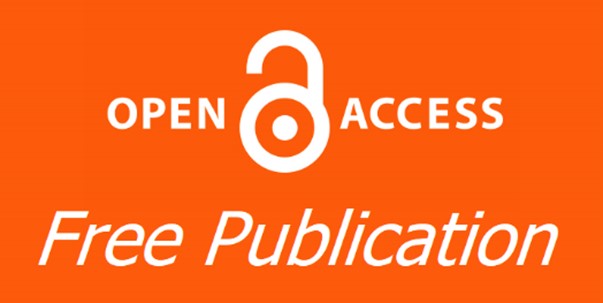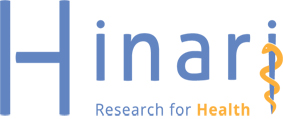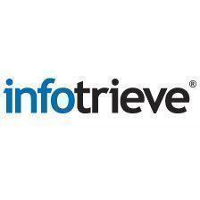Article Type
Article
Abstract
Background
There is a debate concerning serum iron markers in fungal infections in patients with different diseases, and so far, none has assessed their level in fungal rhinosinusitis. Therefore, this study aimed to detect whether allergic fungal rhinosinusitis is associated with alterations in serum iron markers.
Patients and methods
Patients of this study were classified into two groups: group A included 35 patients with allergic nasal polyps, and group B included 31 patients with allergic fungal rhinosinusitis.
Computerized tomography of paranasal sinuses was performed for all patients. Serum iron and total iron‑binding capacity (TIBC) of all patients were measured, and unsaturated iron‑binding capacity (UIBC) and transferrin saturation (TSAT) were calculated.
Results
Both the TIBC and UIBC were significantly higher in the allergic fungal rhinosinusitis group than the nasal polyps group. No significant differences were detected in the levels of serum iron and TSAT between the two groups.
Conclusion
Allergic fungal rhinosinusitis is associated with higher TIBC and UIBC, suggesting a possible role of iron in the pathogenesis of allergic fungal rhinosinusitis.
Keywords:
allergic fungal sinusitis, iron, nasal polyps, total iron‑binding capacity, unsaturated iron‑binding capacity.
Recommended Citation
Osman MM, Seddik MI, Gad MO,
et al.
Alterations in serum iron markers in allergic fungal rhinosinusitis.
Pan Arab J. Rhinol.
2021;
11 : 100-104.
Available at:
https://pajr.researchcommons.org/journal/vol11/iss2/7
DOI: https://doi.org/10.4103/pajr.pajr_4_21
















